
Stages of Acne: Understanding the Phases of Breakouts
Most of us struggle with acne at some point, whether it is throughout our youth or even far into adulthood. Although acne may appear as a sudden breakout of pimples on your skin, it actually improves in a predictable way. Acne can be better managed with patience and the correct treatment if you know how it develops and what stages it goes through.
From the first symptoms to the healing process, we will go over the various stages of acne in this blog and provide advice on how to help your skin at each one.
What Are The Stages Of Acne?
Acne does not just appear overnight (even if it sometimes feels like it). It develops in stages. Knowing these stages can help you recognise what is going on with your skin and apply the right treatments. The four 4 stages of acne include:
1. Formation of microcomedones (clogged pores)
2. Comedonal acne (blackheads and whiteheads)
3. Inflammatory acne (papules, pustules, cysts)
4. Healing and post-acne marks
Let us break each of these down in more detail.
1. Formation of Microcomedones (Clogged Pores)
The earliest and most frequently undetectable stage of acne is this one. A plugged pore that has not yet become inflamed is basically what a microcomedone is. It begins when a hair follicle becomes clogged with dead skin cells, excess oil (sebum), and occasionally germs. The root cause of all forms of acne is a blockage that is produced by this mixture.
You may not even notice anything on the skin's surface at this point. The circumstances for a breakout, however, are developing underneath it. At this point, even if your skin appears clear, frequent cleaning and exfoliation are essential. To control excess oil, you can use Acne & Oil Control Intense Serum with 2% Salicylic Acid 30 ml.
2. Comedonal Acne (Blackheads & Whiteheads)
Depending on whether the pore is open or closed, a microcomedone becomes a blackhead or a whitehead when it reaches the surface.
- (open comedones) appear when the pore opens and the material inside oxidises, turning black.
- (closed comedones) stay beneath the skin and look like small, white bumps.
- Papules:Small red bumps that may be tender to the touch.
- Pustules: Like papules, but with a white or yellow centre filled with pus.
- Nodules: Larger, painful lumps that develop deep within the skin.
- Cysts: The most severe type, these are painful, pus-filled lesions that can cause scarring.
- Post-inflammatory hyperpigmentation (PIH): Dark or discoloured spots that remain after a pimple has healed. Common in darker skin tones.
- Post-inflammatory erythema (PIE):Red or pink spots left behind, more common in lighter skin tones.
- Scars:If the acne is deep or if the skin is picked or squeezed, it might lead to permanent scarring, such as boxcars, ice pick, or rolling scars. Overnight Acne Spot Correctorcan be beneficial for this issue.
- 1. Inflammation reduction:The redness and swelling subside.
- 2. Drying out or extractionThe pimple either dries out or comes to a head and drains.
- 3. Flaking and peeling:The skin may flake as the spot heals.
- 4. Colour change:The area may look dark red or brown depending on your skin tone.
- 5. Gradual fadingOver weeks, the discolouration fades, and the skin texture may even out.
- Early Prevention (Microcomedones): Use gentle exfoliants like Clearing & Calming Acne Face Wash 100 ml to prevent clogged pores on face. A non-comedogenic cleanser and lightweight moisturiser go a long way.
- Treating Comedonal Acne:Benzoyl peroxide or topical retinoids can help clear out blackheads and whiteheads before they turn inflammatory.
- Managing Inflammatory Acne:Use spot treatments with benzoyl peroxide, sulfur, or azelaic acid. For more severe cases, consider seeing a dermatologist for prescription solutions.
- Supporting Healing Avoid picking at your skin. Use products like Acne Care & Healing Gel Moisturiser with Tea Tree & Cica 50 ml to help fade marks. Sunscreen is necessary since exposure to the sun without protection can deepen acne scars and delay healing.
Usually, these types of acne do not cause any pain or redness because they are non-inflammatory. Even while they are not as bad as later phases, they can be persistent and, if left untreated, can result in more serious outbreaks.
3. Inflammatory Acne (Cysts, Papules, etc.)
Things start to become serious at this point. If Cutibacterium acnes, a naturally occurring skin bacterium, infects a blocked pore, the body's immune system takes over. Swelling, redness, and inflammation result from this.
Inflammatory acne includes:
In addition to requiring more intense therapy, such as topical treatments or oral prescriptions, this stage can be irritating and uncomfortable.
4. Healing and Post-Acne Marks
The skin starts to recover after the irritation goes down. However, this period frequently presents a unique set of concerns, primarily post-acne marks and scars.
The length of time it takes to heal can vary depending on how severe the acne is and how well the skin is cared for thereafter.
Stages Of Acne Healing
Healing acne is not as simple as "pimple appears, pimple goes away." There are noticeable stages:
How To Support Acne Healing At Every Stage?
Here is how to treat your skin kindly and effectively throughout each phase:
Conclusion
Even though acne is a prevalent skin disease, it is not that easy. There are distinct phases to it, and each one calls for a different method of care. By recognising where your skin is in the stages of acne, you can choose better treatments, avoid common mistakes, and be more patient with the healing process. Improvements take time, but with the correct care and encouragement, your skin and your confidence will improve..
FAQs:
1. What stage of acne is the most severe?
Inflammatory acne is the most severe stage, particularly when cysts or nodules are present. These severe, excruciating breakouts frequently leave permanent scars and necessitate medical care.
2. How long does acne healing take?
Healing takes a different amount of time. While more serious breakouts can take weeks to resolve, a little pimple may go away in a few days. In particular, if regular skincare is not followed, post-acne blemishes may persist for months.
3. Can acne scars go away on their own?
Some discolouration fades over time, but some scars (like ice pick or boxcar types) often do not go away without treatment. Options like microneedling, chemical peels, or laser therapy may help.
4. How can I speed up acne healing?
Always apply sunscreen, keep your skin hydrated, avoid touching your face, and apply light, targeted products. Items with ingredients like niacinamide, retinol, or AHAs can also accelerate skin renewal.
5. What are the 4 stages of acne?
The four key stages are:
1. Formation of microcomedones
2. Comedonal acne (blackheads and whiteheads)
3. Inflammatory acne (papules, pustules, cysts)
4. Healing and post-acne marks
6. How to know if the acne is healing??
You will notice reduced swelling and redness. The bump may flatten, and the skin might start peeling or flaking. Eventually, the spot fades into a mark, which gradually lightens.
7. What does stage 1 acne look like?
Stage 1 acne is often not visible. It is the phase where pores begin to clog with oil and dead skin. If visible, it may appear as tiny bumps or feel like uneven skin texture.


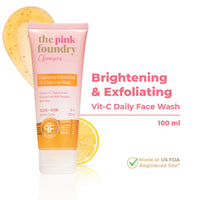
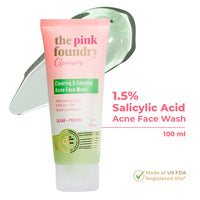
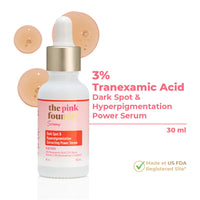
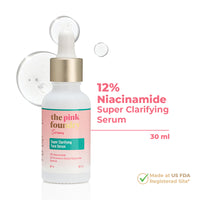
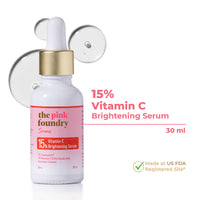
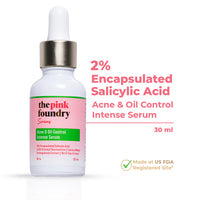
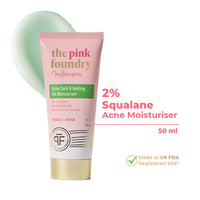
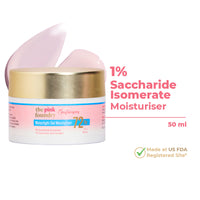
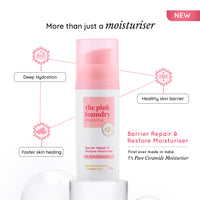
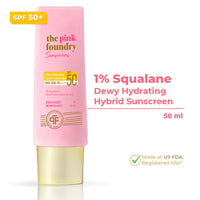
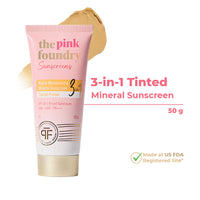
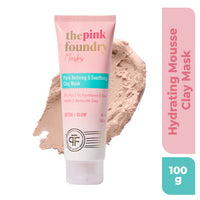
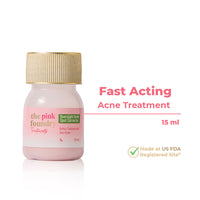
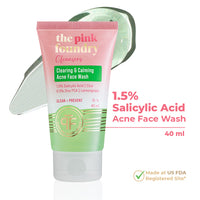
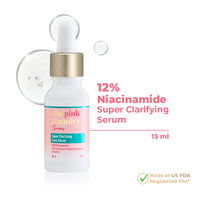
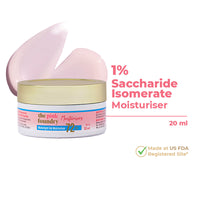
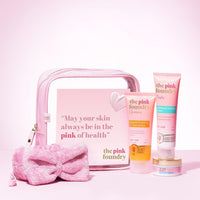
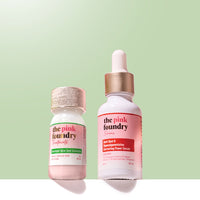
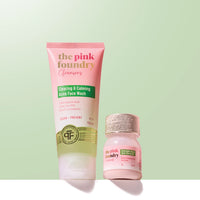
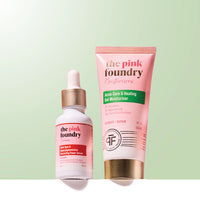
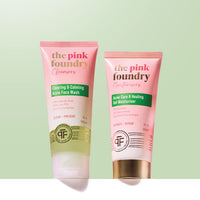
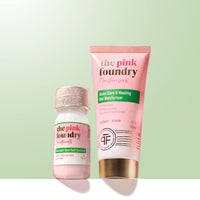
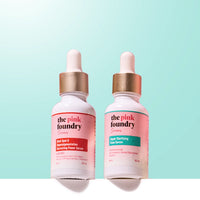
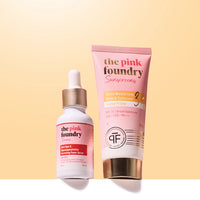
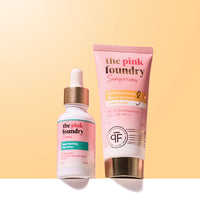
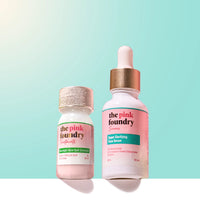
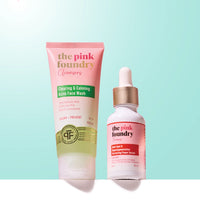
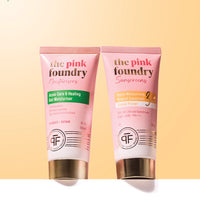
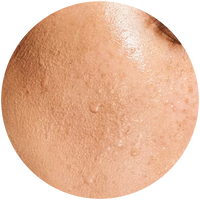
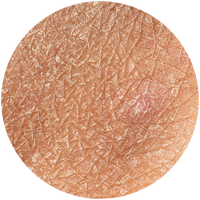
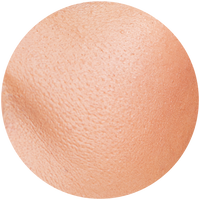
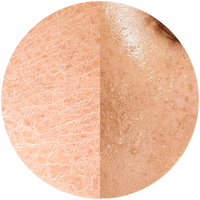
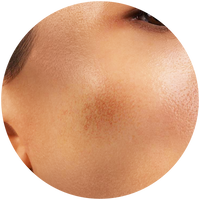
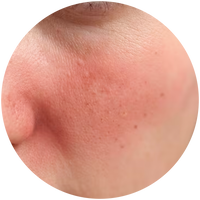
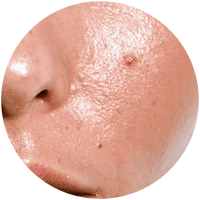
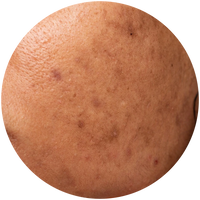
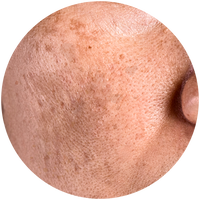
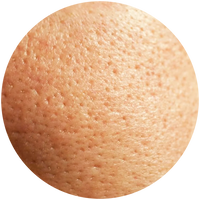
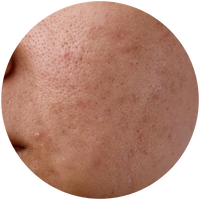
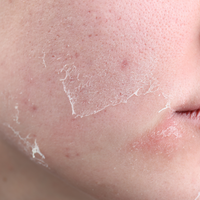
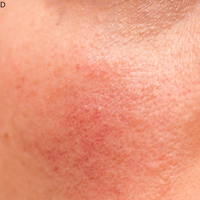
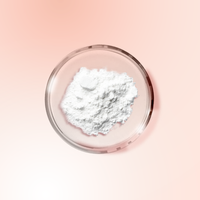
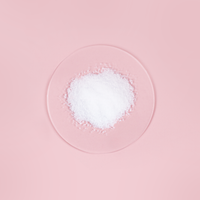
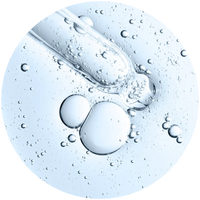
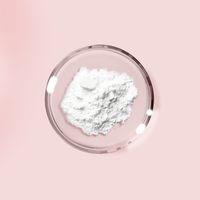
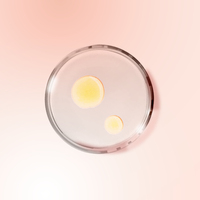
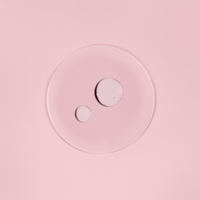
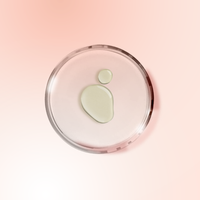
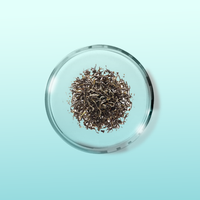
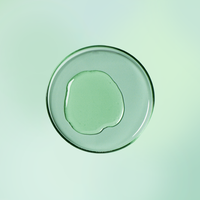
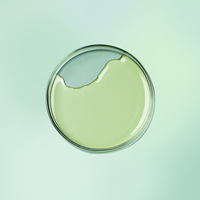
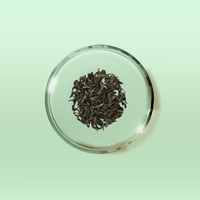


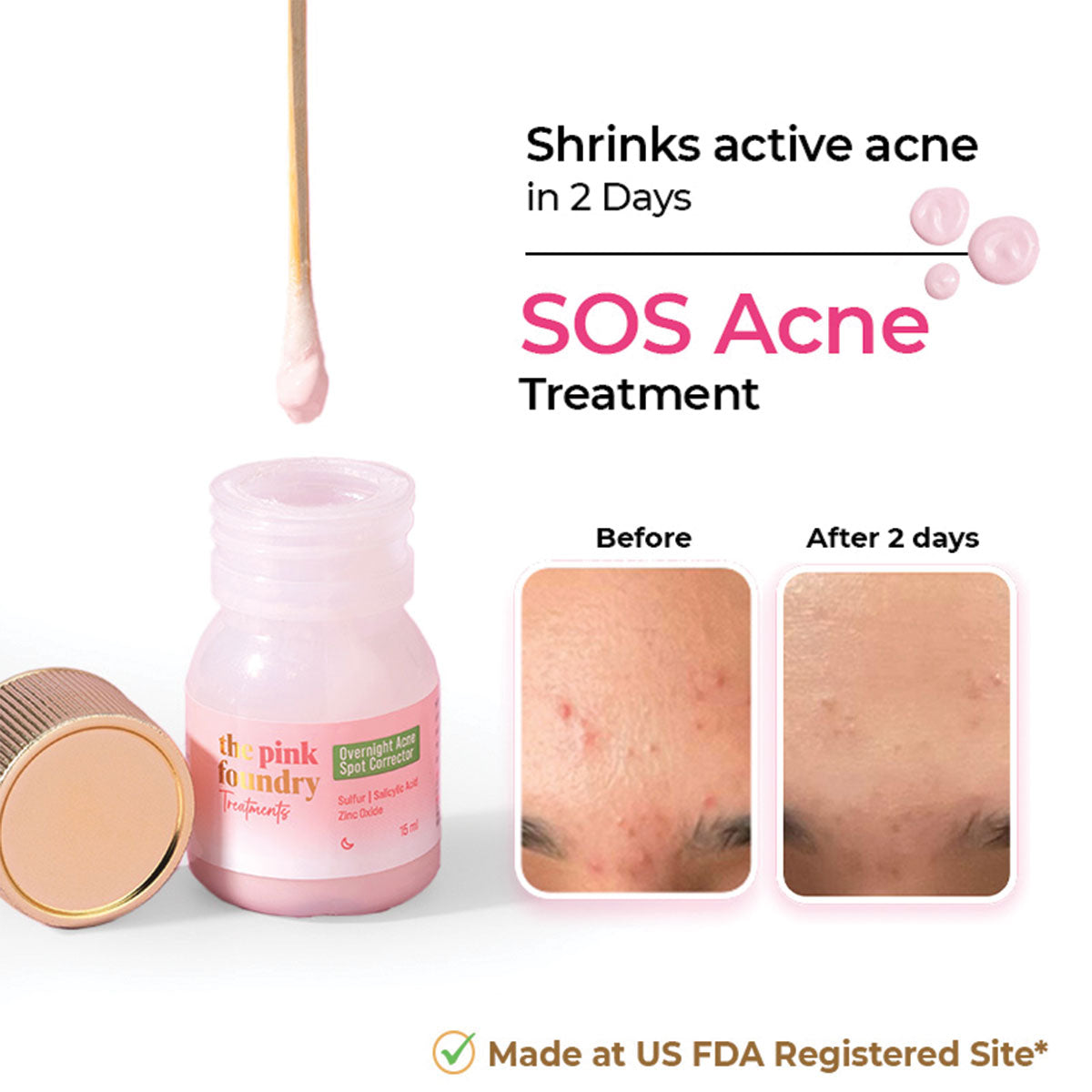
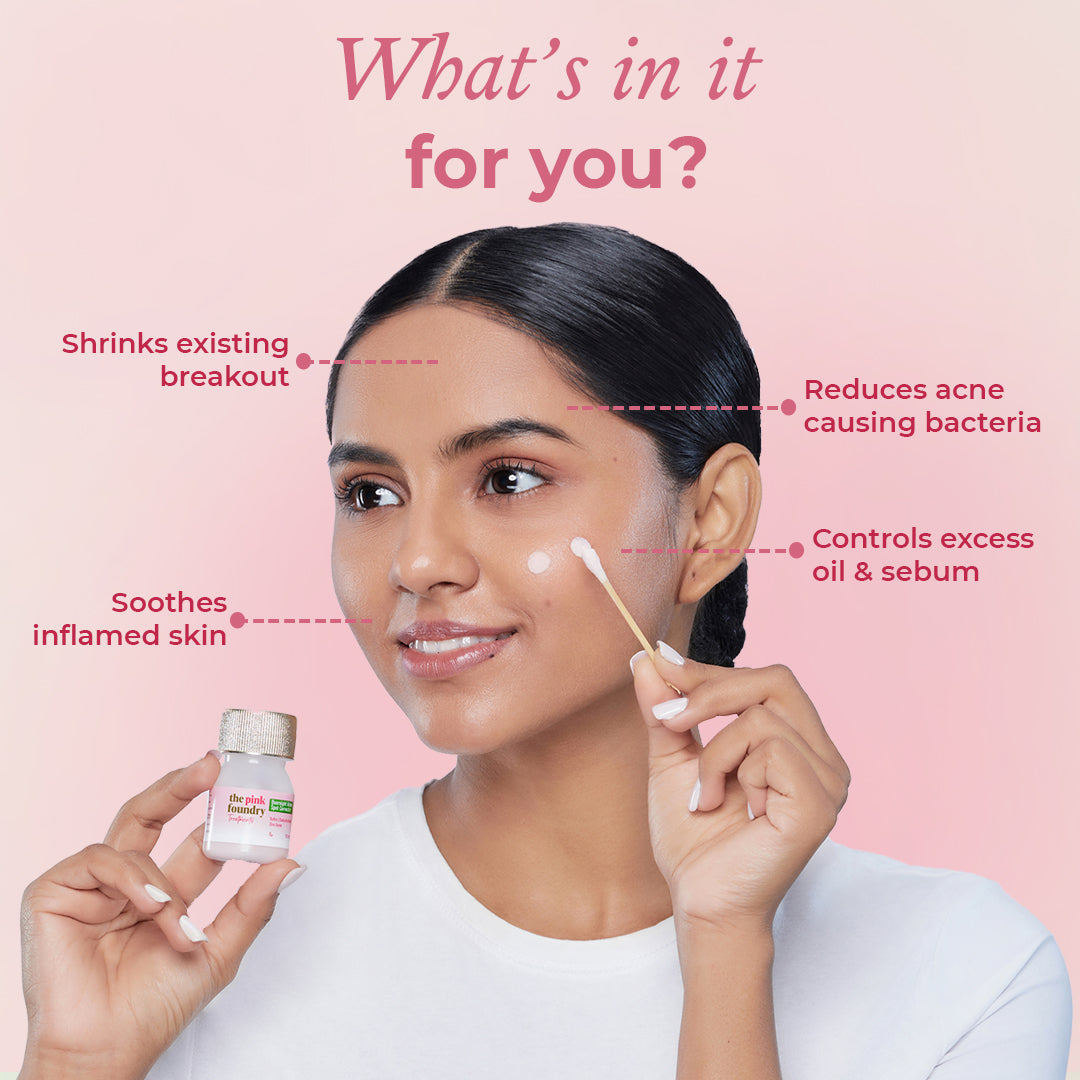
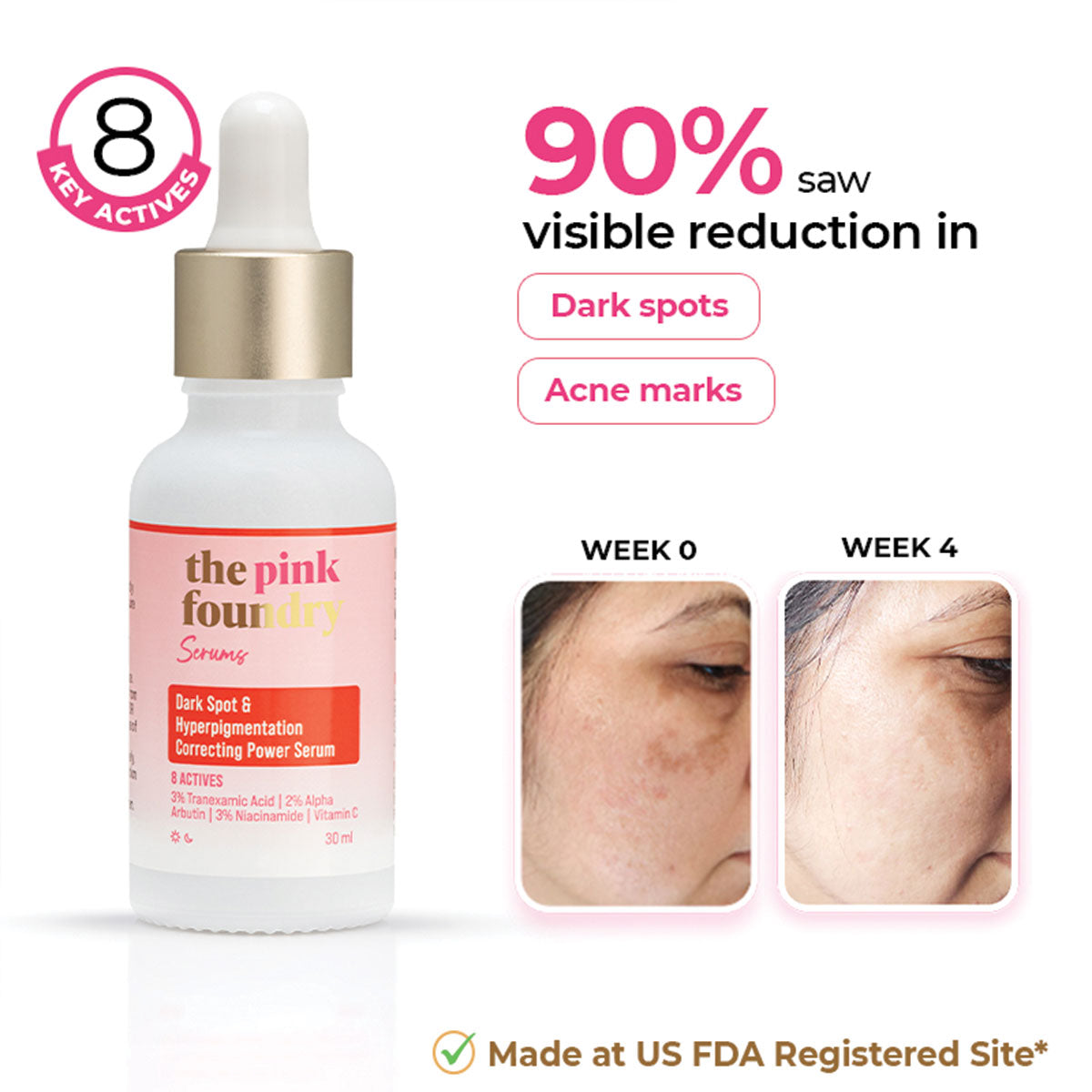
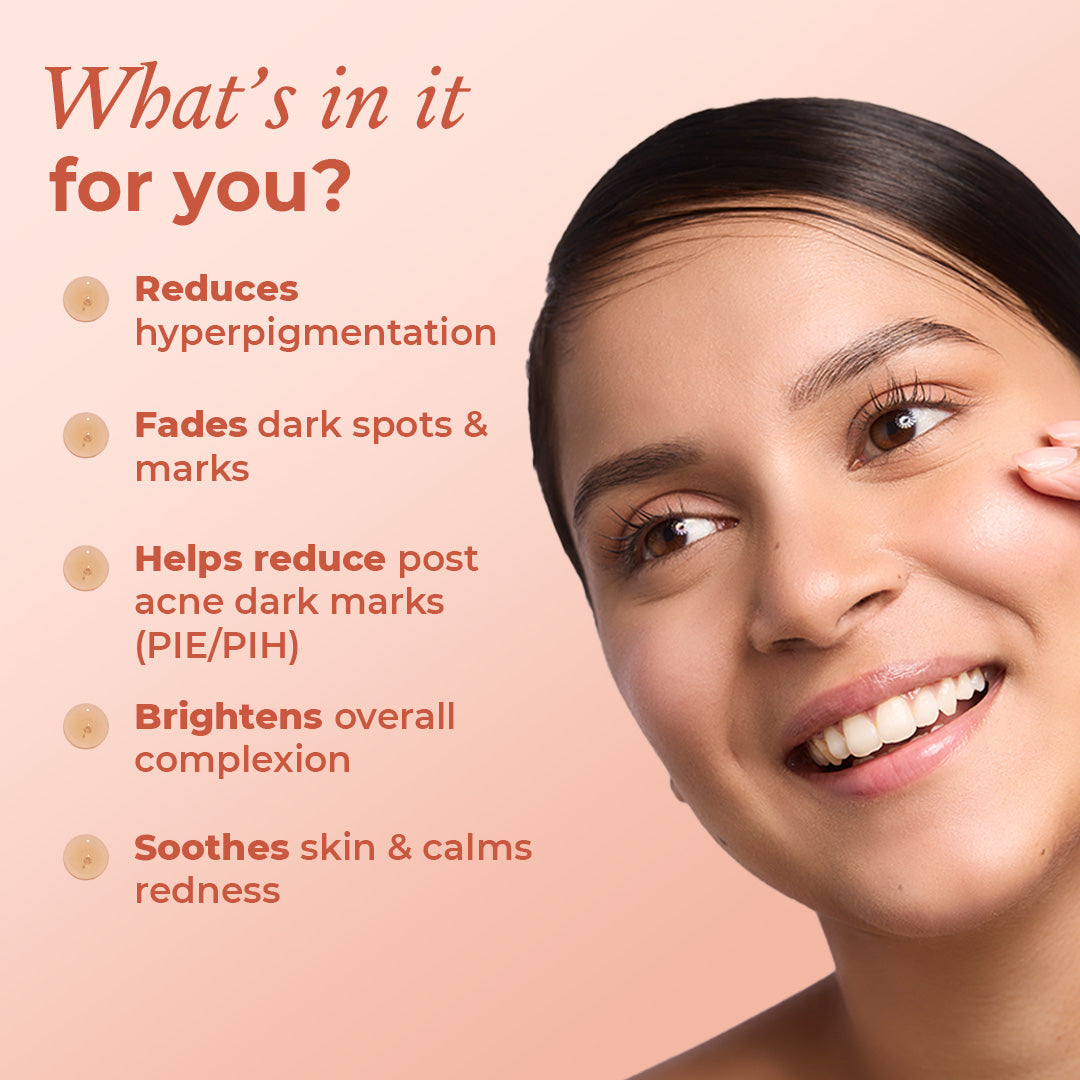
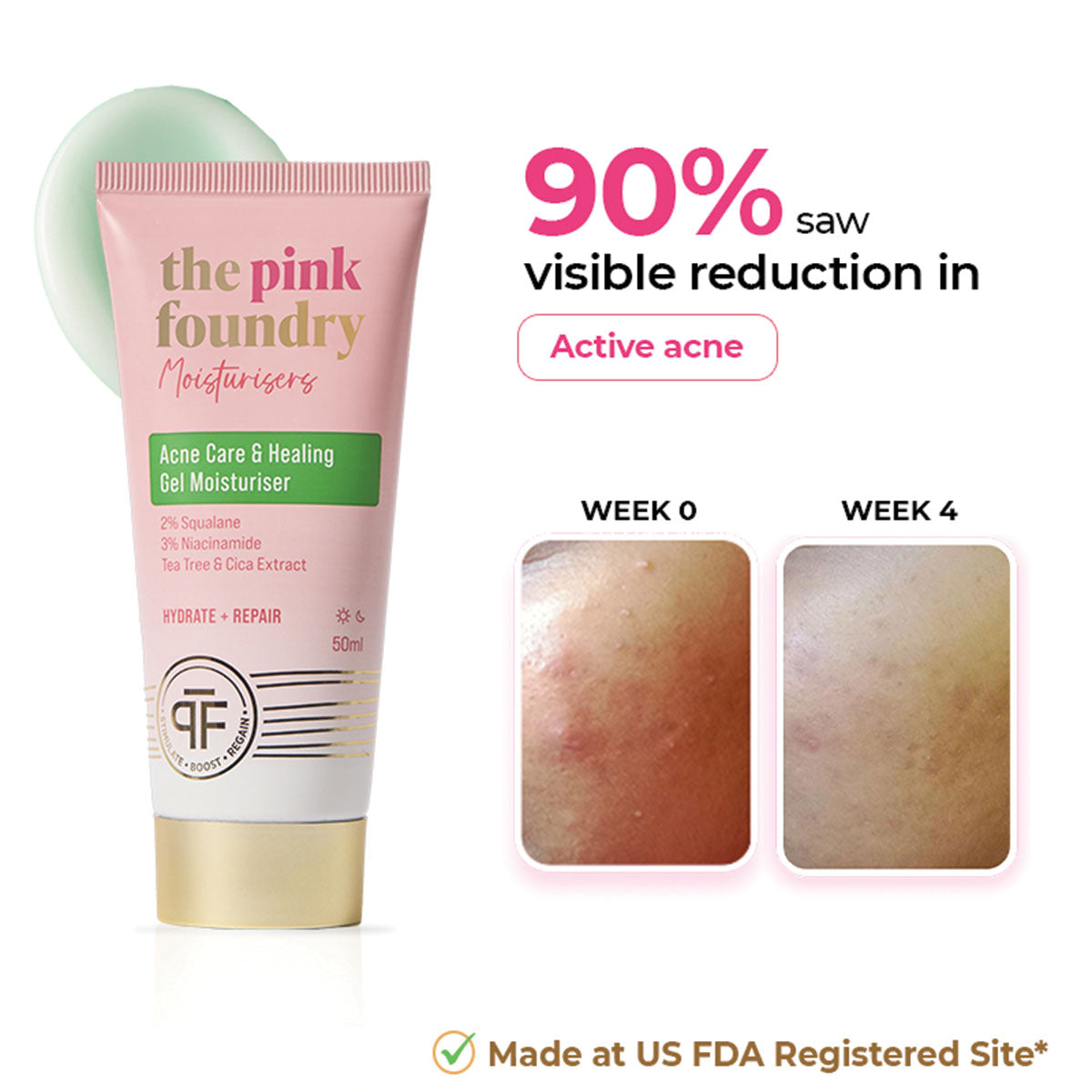
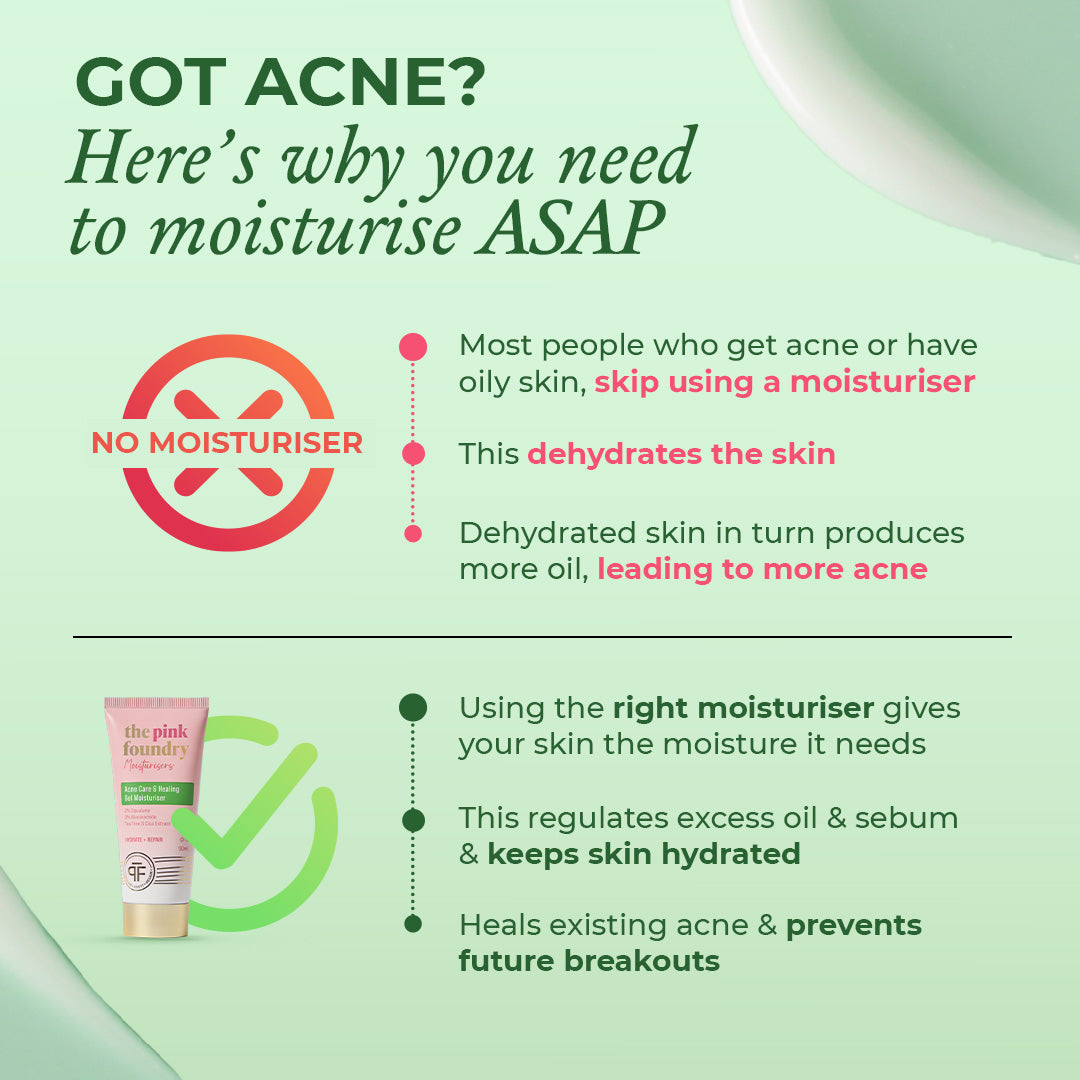
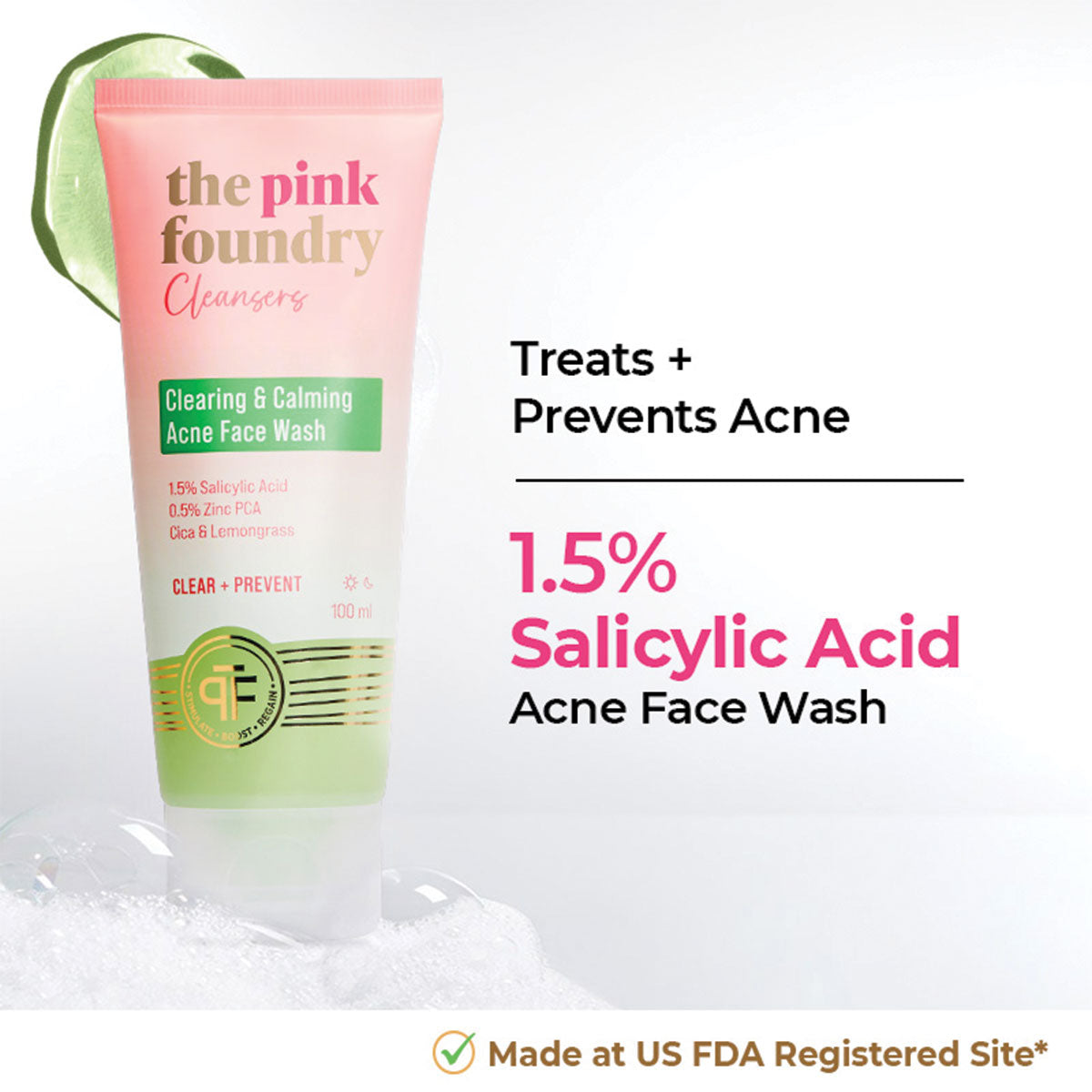
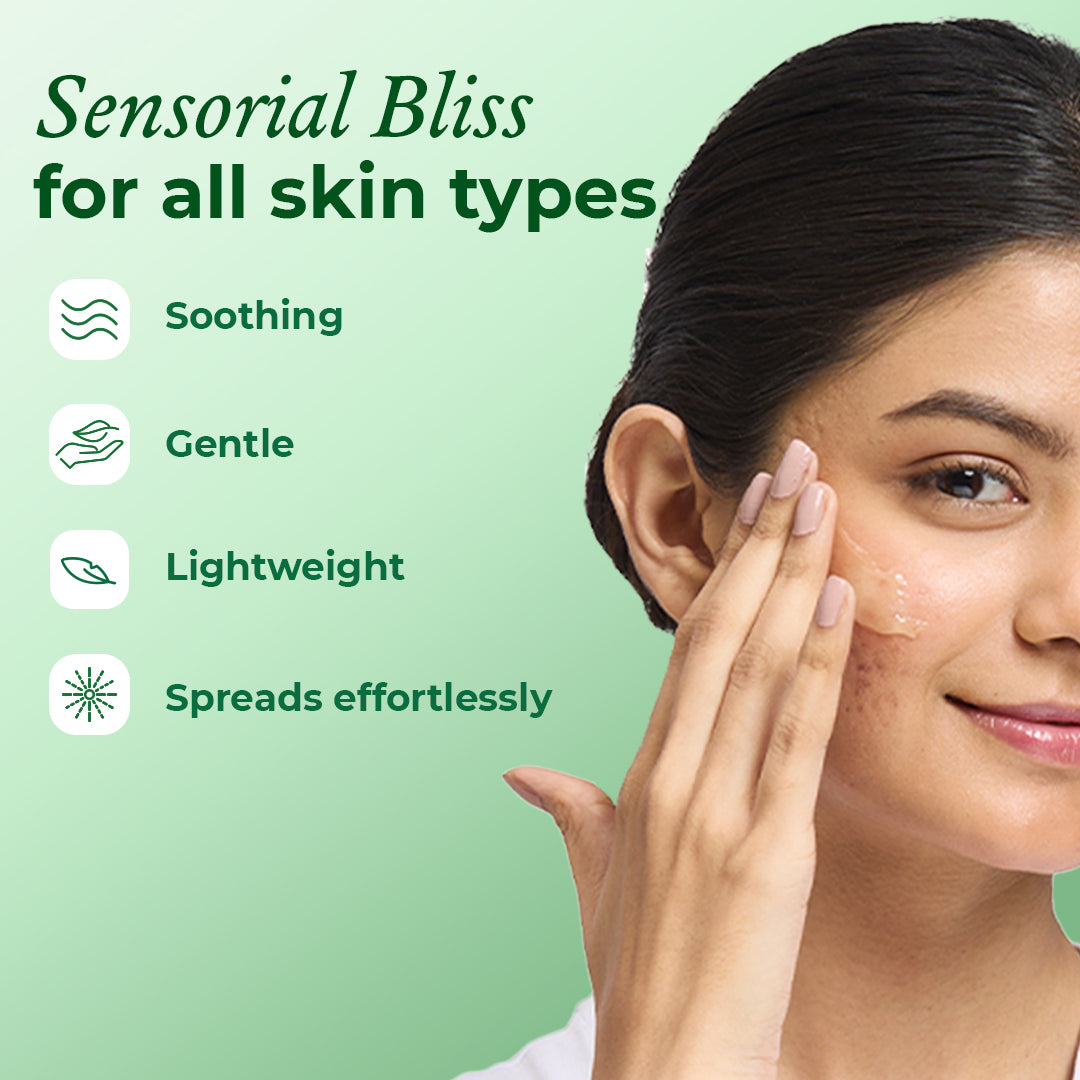
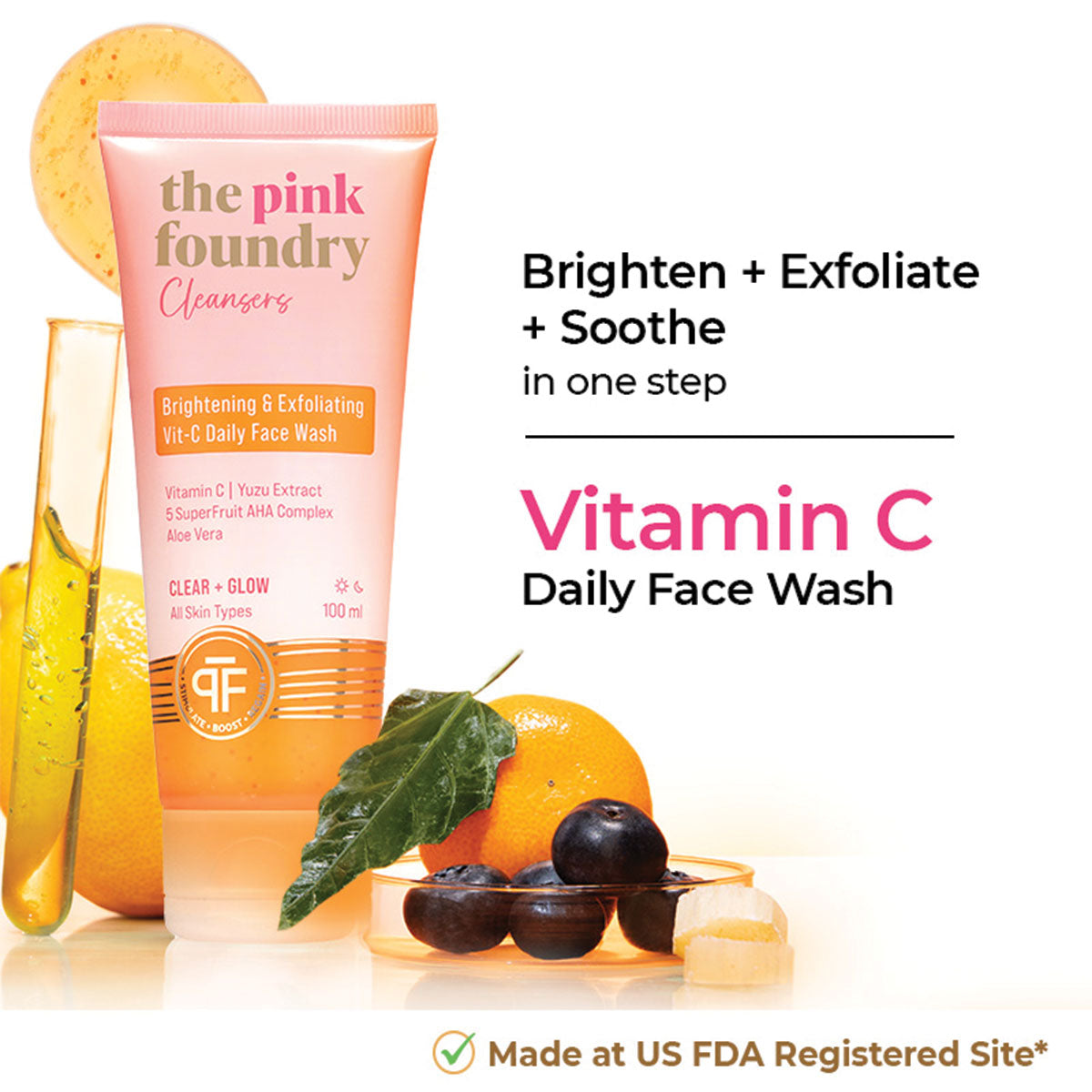
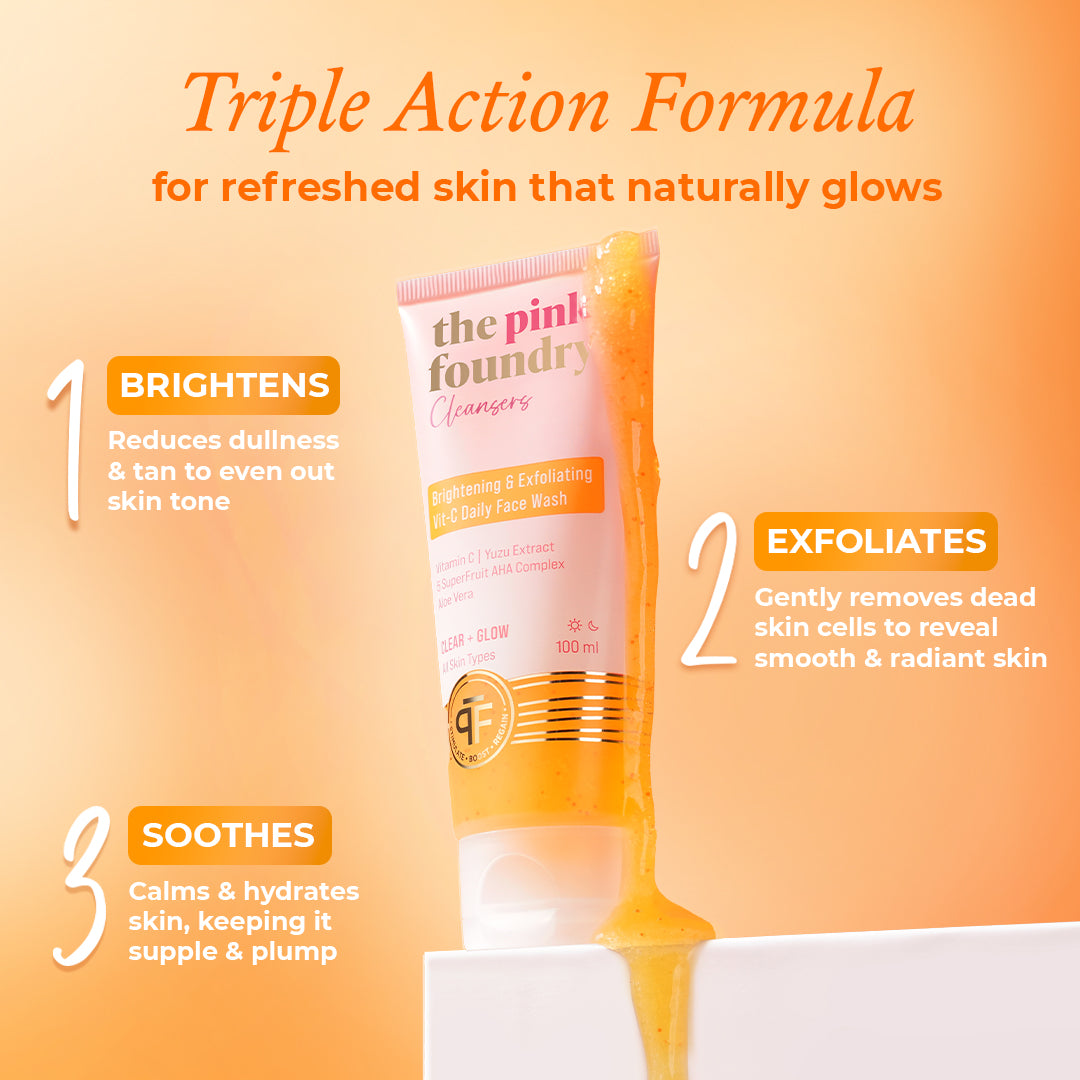

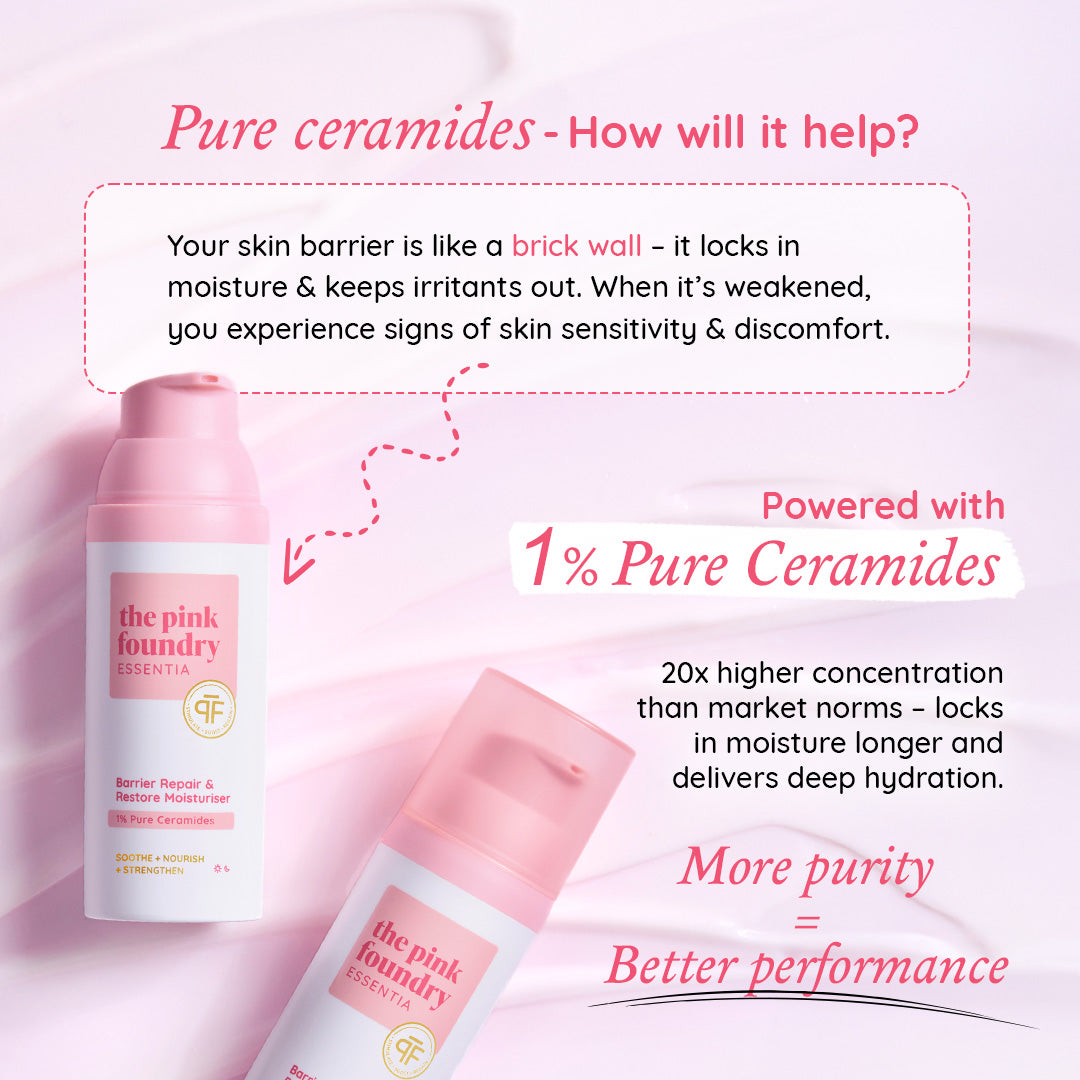


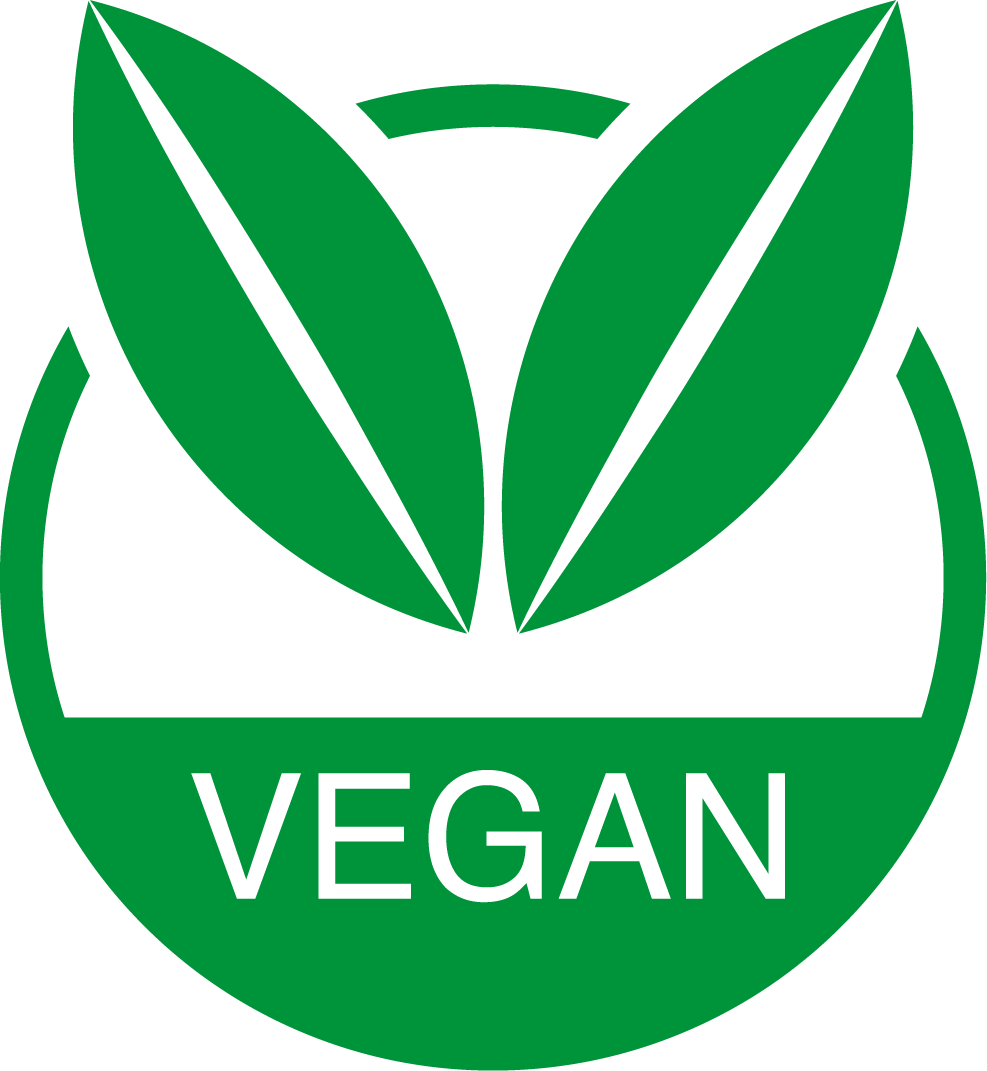

Leave a comment
This site is protected by hCaptcha and the hCaptcha Privacy Policy and Terms of Service apply.